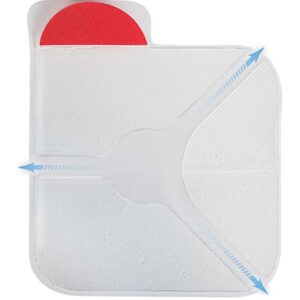Thank you for completing our brief survey and quiz! We will publish the overall results in the upcoming weeks. For now, as our way of saying thank you please enjoy this special bonus:
FREE SHIPPING Site Wide. Use coupon code "surveyfreeshipping" at checkout. Valid thru June 1st 2020. One use per customer.
The Correct Answers to The Survey Questions:
Where should a tourniquet be applied?
- 2-4 inches above the wound
- 1-3 inches above the wound
- Over the wound
- High and tight
Answer: Applying 2-4 inches above the wound is technically correct, but high and tight is also acceptable when time is of the essence and unable to locate the exact wound location.
How many turns do you put in the windlass?
- 5
- Until you can’t turn it anymore
- Until bleeding stops.
- When the Patient tells you it hurts
Answer: Until the bleeding stops
When should you apply a pressure dressing?
- As soon as possible
- When the TQ is not working
- When bleeding is severe but not currently life-threatening enough to use a TQ
- At the same time you use a TQ
Answer: When bleeding is severe but not currently life-threatening enough to use a TQ
What should your first step be when helping someone with a medical emergency?
- Apply a Tourniquet
- Call 911
- Apply a pressure dressing
- Roll the casualty over
Answer: Getting an ambulance to the scene of the emergency is your top priority. If possible, have someone else call it in while you see to the casualty, or have the casualty themselves do it (if able) while you work.
Which of these is a chest seal?
When should a pressure dressing be upgraded to a tourniquet?
- 10 minutes
- 8 minutes
- On the way to the hospital
- When bleeding doesn’t stop
Answer: When bleeding doesn’t stop
Where should your attention be focused first?
- Gunshot wound to the chest
- Evisceration and exposed intestine
- Heavy bleeding to an arm
- Traumatic head injury
Answer: Heavy bleeding should be the first thing taken care of before moving on to other wounds
What is the quickest way to gauge a casualty’s breathing?
- Listen to their chest
- Watch for their chest to rise and fall
- Talk to them
- Count the number of breaths
Answer: Talking to the casualty can be done even as you approach the casualty. How they respond (do they sound out of breath or are they unresponsive) can tell you a lot and is the fastest initial assessment.
What should you do first after encountering a sucking chest wound?
- Get out chest seals for medical kit
- Place a hand over the wound
- Make an improvised occlusive dressing
- Make the casualty sit up
Answer: Place a hand over the wound to keep as little air from entering the chest cavity as possible.
When should you make sure the scene is safe?
- After all major bleeding is controlled
- When police arrive
- Only when there is a violent crime
- Before and while approaching the casualty
Answer: Before and while approaching the casualty

